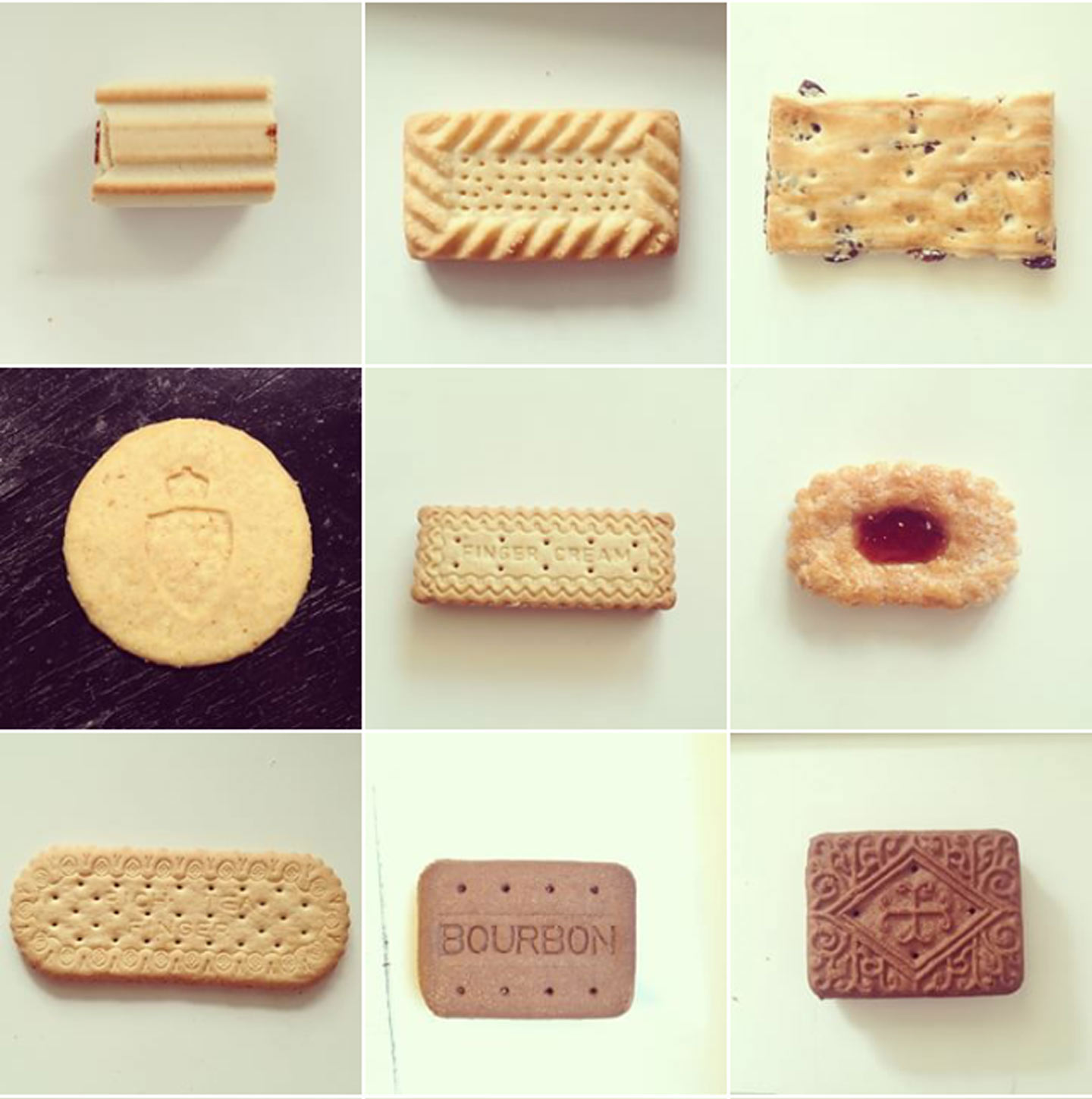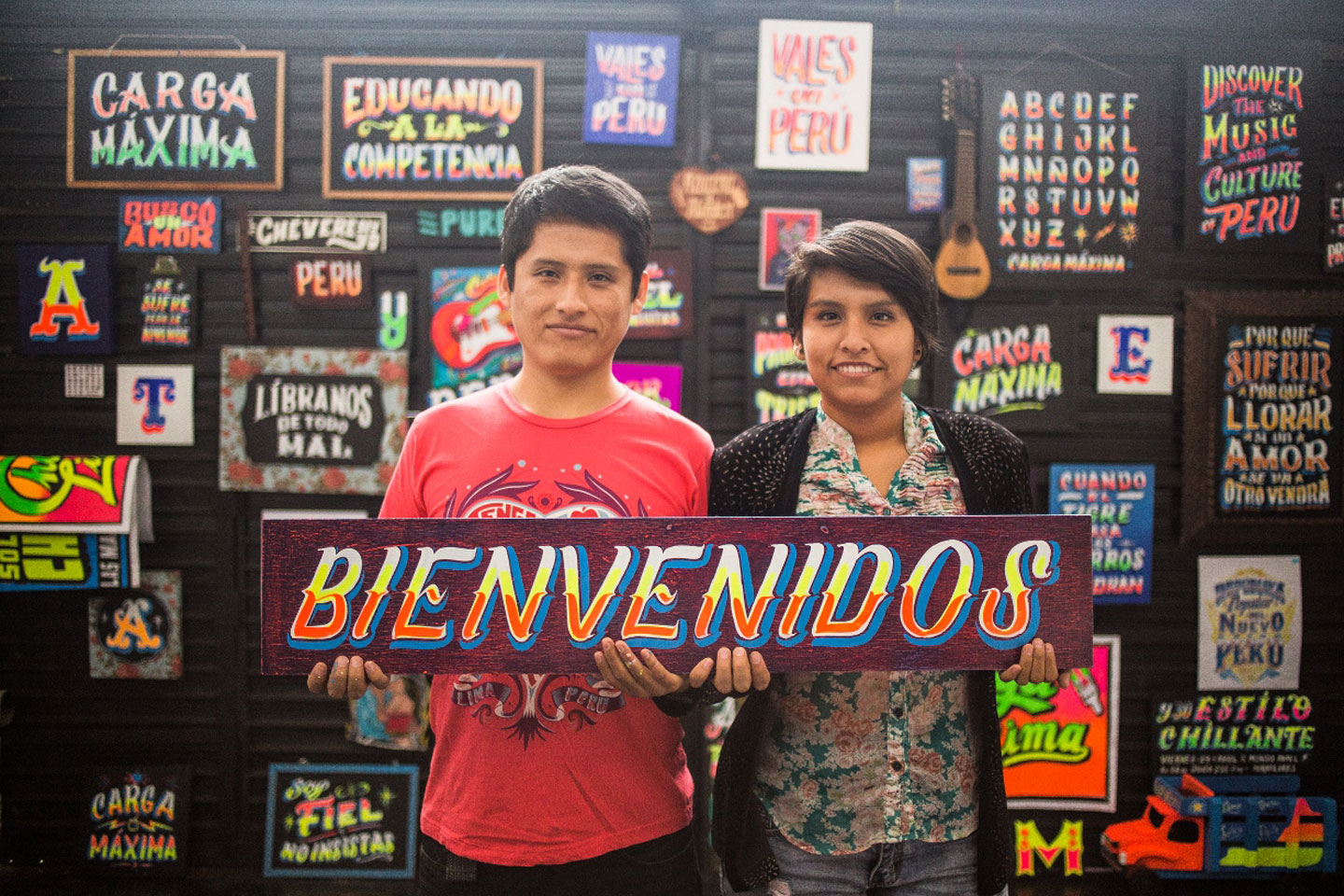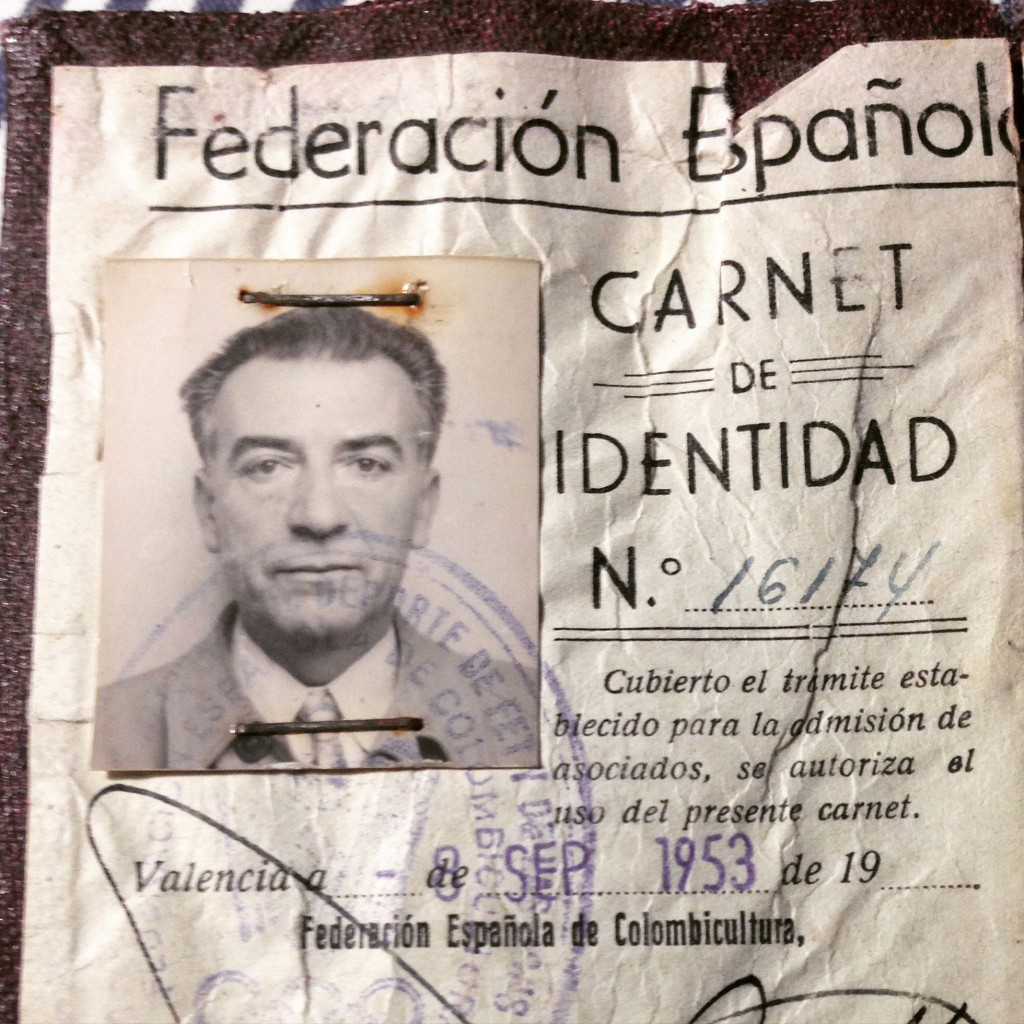When Bianca Berning suggested creating this series, I found it hard to join. What could be the little thing that made me get through this horrible year? A year that has put us so much outside our comfort zone that we forgot there was such comfort once; a year that has shown us vulnerable; a year that has polarised our feelings so deeply that we made mistakes, we were angry, we fucked up.
Nevertheless, I added my name to the list. I wanted so badly to find the one thing that made me get through, but I couldn’t find it. Because there wasn’t one. Just one. Instead, I have memories of the days we made pizza at home (some Pinterest some Pinstrosity!), or when my new flatmate Juana made piña coladas, the hours I spent sorting out the jigsaw pieces (yes, sorting by size, form and colour! So soothing), or the excitement when the post arrived after two or three weeks (in the UK this is unheard of). There was the happiness of the day I found flour in one shop during the flour shortage and the healing bike journeys in and out of a deserted London. I remember the moments staring at the neighbours’ cats and then, when we were able to access their back garden, the time spent watching the wrens, the robin and the blackbirds, or suffering together with the blackbird when her nest was gruesomely attacked by a magpie. There was the time when I tried to save the sick laurel by washing meticulously each leaf and the excitement when the dried ferns came back to life after some watering.



